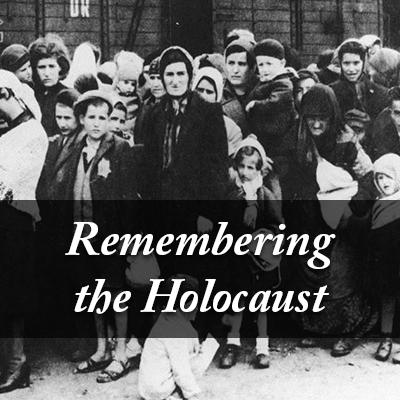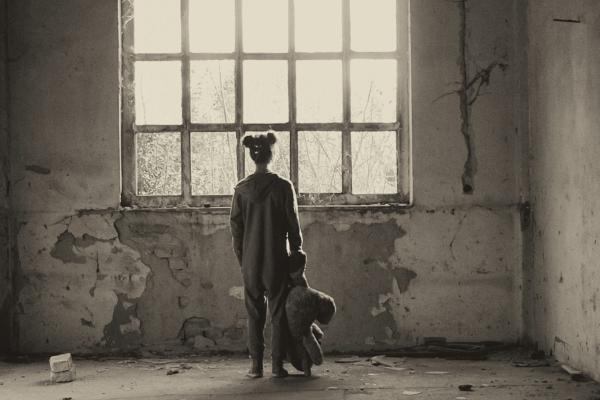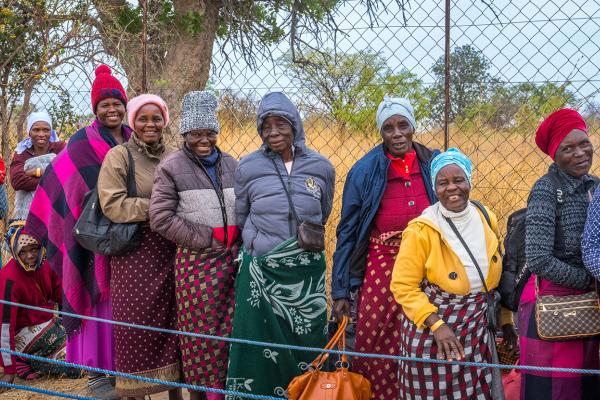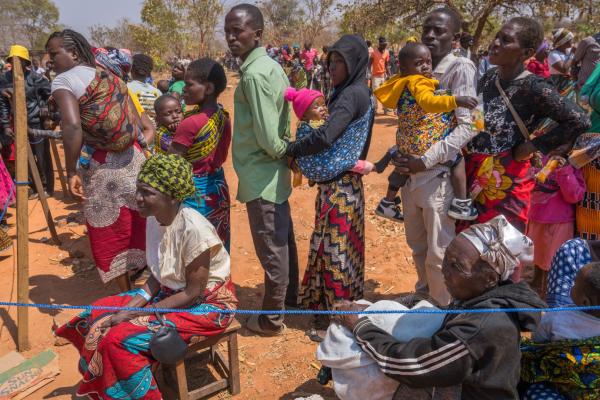What is the definition of a “holocaust”? According to Dictionary.com, a holocaust is “a great or complete devastation or destruction, especially by fire,” and “any mass slaughter or reckless destruction of life.”
The dehumanization of Jewish people that culminated in World War II began with a boycott of their businesses. Then Jews were fired from city and state employment. Their citizenship was revoked, followed by their driving licenses. Soon, Jews in Nazi Germany were forced to register their property which was later stripped from them.
Kristallnacht (the Night of Broken Glass) took place on November 9-10, 1938. It was an orchestrated, simultaneous attack on Jewish businesses, homes, and synagogues across Germany and Austria. Tens of thousands of Jewish men were hauled off to concentration camps.
Jewish people were kicked out of their homes without notice and forced into terribly crowded ghettos. Their homes were given to others who moved in and took ownership of the families’ personal possessions.
Then, the concentration camps – Jewish People were subject to cruel treatment, starvation, brutal violence, and tortuous experiments. The organized processes of mass murder were especially cold. In believing the Jewish People inhuman, their tormentors did and became the most inhuman of all.
After it was over, six million Jews had been killed.
Allied forces liberated emaciated prisoners from concentration camps. “Each discovery deeply penetrated the hearts and the minds of the soldiers. Grown men and veterans of battle broke down and wept at the horrors in the camps…. The inmates had been stripped of their humanity as well as their personal identities, and what remained was merely a shell of a human being” (Holocaust Teacher Resource Center).
Hundreds of thousands of survivors had nowhere to go. Some refused to go home because of continuing anti-Semitism. Some had no homes to return to; their homes were either destroyed or others now lived in them. Displaced Persons Camps were established, and at their peak housed about 250,000. The camps remained open until 1952. Approximately 132,000 of these displaced persons moved to Israel while the remainder immigrated to North and South America. Between 1948 and 1951, over 259,000 Jews moved to the newly formed nation of Israel (Yivo Encyclopedia).
Today, there are approximately 180,000 Holocaust survivors remaining in Israel. Unfortunately, roughly one-third of them are facing their final years in poverty. As Israel’s Holocaust Remembrance Day approaches on May 5th, let us remember and honor all survivors of this horrific episode of history, but especially those whose elderly years are filled with hardship and need.









